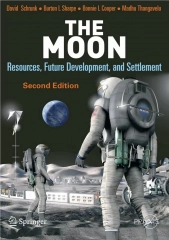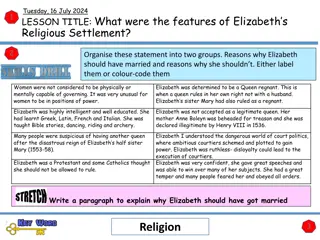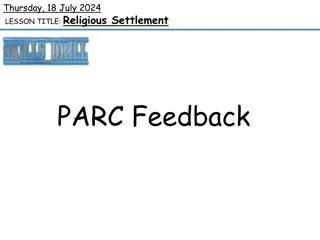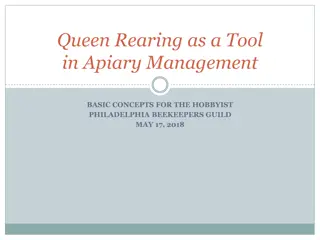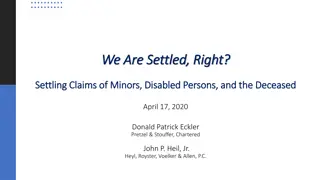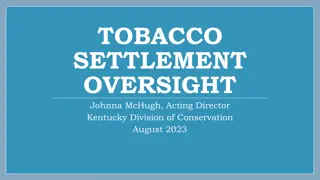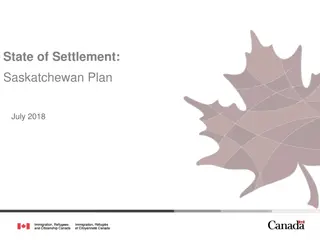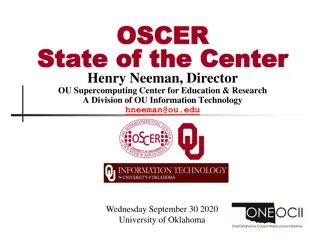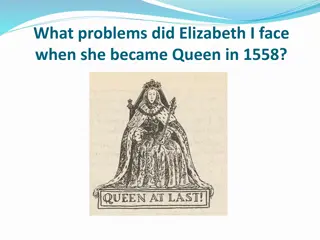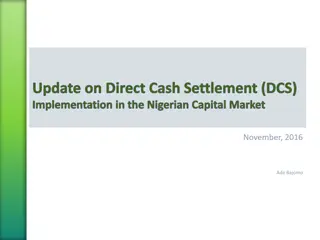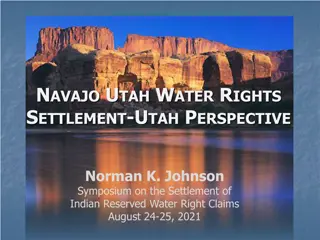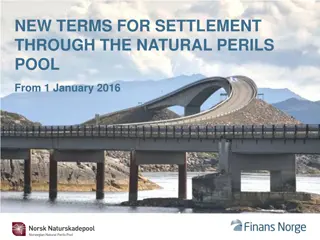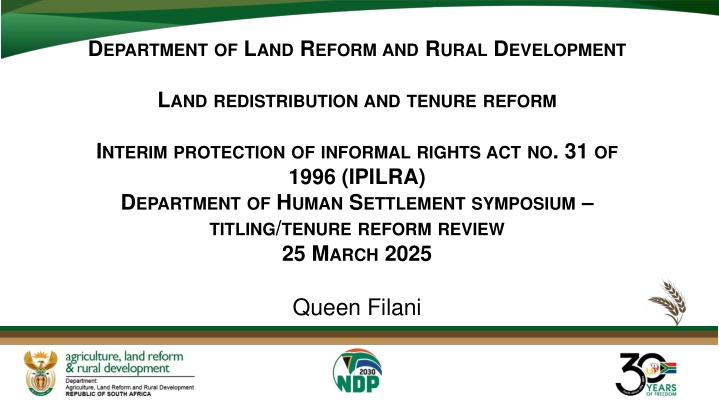
Land Reform and Tenure Rights in South Africa: A Comprehensive Overview
Explore the intricate dynamics of land reform and tenure rights in South Africa, derived from the Constitutional mandate of section 25(6). Learn about the Interim Protection of Informal Rights Act and the White Paper on South African Land Policy, shaping the path towards secure tenure. Understand the challenges and solutions in securing land rights for all communities amidst historical injustices.
Download Presentation

Please find below an Image/Link to download the presentation.
The content on the website is provided AS IS for your information and personal use only. It may not be sold, licensed, or shared on other websites without obtaining consent from the author. If you encounter any issues during the download, it is possible that the publisher has removed the file from their server.
You are allowed to download the files provided on this website for personal or commercial use, subject to the condition that they are used lawfully. All files are the property of their respective owners.
The content on the website is provided AS IS for your information and personal use only. It may not be sold, licensed, or shared on other websites without obtaining consent from the author.
E N D
Presentation Transcript
DEPARTMENTOF LAND REFORMAND RURAL DEVELOPMENT LANDREDISTRIBUTIONANDTENUREREFORM INTERIMPROTECTIONOFINFORMALRIGHTSACTNO. 31 OF 1996 (IPILRA) DEPARTMENTOF HUMAN SETTLEMENTSYMPOSIUM TITLING/TENUREREFORMREVIEW 25 MARCH 2025 Queen Filani
CONSTITUTIONAL MANDATE Tenure Reform is derived from section 25(6) of the Republic of South Africa Constitution which states that. A person or community whose tenure of land is legally insecure because of past racially discriminatory laws or practices is entitled, to the extent provided by an Act of Parliament, either to tenure which is legally secure or to comparable redress - Section 25 (6) Minister is charged with the responsibility to develop policies and laws that are going to realise the Constitutional guarantee for a tenure right that is legally secure. Tenure reform is complex and the dynamics have evolved and added to the complexity over the past 30 years- I define Tenure reform is the ability to unscramble the scrambled egg in order to secure each everyone tenure right on the same piece of land, it includes identifying the different layers of special plans which affect the boundaries and created new parcels of land and settlements whether documented or not, different administration systems of government, milliard of laws used which created various rights, with one common element of the land held by the state in most cases without proper keeping of record of land rights
Background It is against this background that the 3rd leg of land reform was developed to provide a redress to this problem. Interim protection of Informal land rights Act was developed to provide an emergency relief to land grabs for this scenario. The Wild coast Spatial Development Initiative is behind/ trigger to the development of IPILRA. It froze the boarders in terms of there are no new territories being formed or land expropriated for resettlement/ creation of new areas. (TBVC states, self governing territories and SADT land earmarked for incorporation into these areas does not change, boundaries remain the same as per the vesting done by government post 1994) It equates all rights regardless of the administration and law that created them (excludes privately owned land) No more hierarchy of rights The right whether created by custom or law or documents to that effect issued or not all rights have the same weight) (PTOs, Quitrent etc Challenges that will arise as a result of this will be accommodate in the proposed permanent law (Communal Land Bill)
White Paper on South African Land Policy -1997 This policy was developed to be the basis on which laws to deal with the three legs of land reform are formulated Problem responsive. Principles upon which policy development and any programme of action to deal with the complex issues surrounding tenure reform on communal land. A rights based approach and adjudicatory principles which recognises de facto rights as they exist on the ground must be adopted Move away from permit-based systems to rights based systems Build a unitary non-racial system which recognises all rights in South Africa Allow people to choose the type of tenure system they wish for All tenure systems must consistent with the Constitution s to human rights and equality New tenure systems and laws should be brought in line with what exists on the ground and in practice.
Why IPILRA The purpose of this Act is to provide for the temporary protection of certain rights and interests to communal land land which are not otherwise adequately protected by law and to provide for matters connected therewith. It was developed to deal with urgent and pressing matters in a context where land rights and land rights holders are acknowledged, protected and given the same recognition as any other property right.
Application of IPILRA Natives Land Act, Act 27 of 1913- allocated 87% of agricultural land to white people and 13% for occupation by Africans. Land nominally owned by the Minister of DRDLR and communally owned by communities; TBVC states and Self-Governing territories (Qwaqwa, Gazankulu, Lebowagkomo, Kangwane, KwaZulu governments) South African Development Trust land earmarked for incorporation into the former homelands and the former self-Governing Territories. Land bought by tribes but could not be registered in their name and was instead held in trust by the state (listed in state records) the former Colored Reserves also known as incorporated areas, Rural Areas (House of Representatives).
Definition of Terms used in IPILRA Beneficial occupation The occupation of land by a person as if he/she is the owner without force Openly & without permission of the registered owner Must have lived on the land for no less than 5 years by 31December 1997. Community Any group/portion of a group of persons whose rights to land are derived from shared rules determining access to land held in common by that group
Definition of Terms cont Informal right to land Section1 the use of, occupation of or access to land in terms of; Any Tribal, Customary and indigenous law or practice of tribe The custom usage or administrative practice in a particular area or community where at anytime vested in the South African Development Trust, Self-Governing Territories or the former government of the TBVC states The right or interest in land of a beneficiary under trust where in the trustee is body or functionary established or appointed by the Act if Parliament or holder of Public Office. Beneficial occupation of land for a continuous period < 5yrs 31 December 1997 or the use or occupation by any person of an erf as if he/she is the holder of a right cited in schedule 1&2 of ULTRA although not registered in the register of land rights as such But Excludes (e) tenants, labour tenants or worker if based on contract, sharecropper temporary arrangements to use or occupy the land with the owner or lawful occupier with an understanding that such arrangement may end at anytime.
Definition of Terms cont Tribe includes; Any community living and existing like a tribe and Any part of the tribe living and existing as a separate entity. This Act shall not provide additional rights other those the person already has. The holder of an informal land right is deemed to be the owner for the purposes of section 42 of the Mineral Rights Act, Act 50 of 1991.
Who is Protected by IPILRA IPILRA protects a person with the facto land rights or informal land right to land held under a tenure system known as permission to occupy ((use of, occupation of and access) to land in terms of any tribal, customary or indigenous law or practice of a tribe) IPILRA DOES NOT protect any right or interest of a labour tenant, sharecropper or employee, if such right is purely of a contractual nature, or any right or interest based purely on temporary permission granted by the owner or lawful occupier of the land in question, on the basis that such permission may at any time be withdraw by such owner or lawful occupier.
Deprivation of Informal Rights to Land Section 25 of the Constitution of the Republic of South Africa, 1996 (Act No. 108 of 1996), provides that no one may be deprived of any informal land right without their consent except in terms of the Expropriation Act and any other law providing for expropriation.
Deprivation of Informal Rights to Land Section 2 of IPILRA On communal land, one may be deprived of their right to land subject to the provisions of Section 2(4) of IPILRA. This section requires that the community be informed, consulted, given sufficient time to engage and participate and give consent to the issue affecting their right to land. Where deprivation of a land right is because of disposal by the community, the community must pay appropriate compensation to any person who is deprived of an informal land right. Where it is because of development, the developer pays the compensation. NB. It is important that dissenting views and reasons are also recorded in the Community Resolution.
Interim Procedures Governing Land Development Decisions Which Require the Consent of the Minister as the Nominal Owner of the Land Five Steps to be followed in the disposal of a right to land in Communal Areas the developer who may be an organ of the state, individual/company investor or the community makes an application to DLRRD, requesting disposal of land tenure right. Development should not take place until consent has been received from the owner (in this case approved submission signed and ratified by the Minister. The office allocates a project officer to work on the application- Official to be appointed by the PSSC head through a letter signed by the Chief Director.
Process for Taking of Community Resolution Cont A DRDLR official is responsible for facilitating or witnessing and processing of the actual community resolution for such community resolution to be regarded as invalid. A certificate to that effect must be signed by the appointed official The Minister may ratify the decision of the community if satisfied with due process followed and only the Minister as the nominal owner of the land can enter legally binding decisions in relation to communal land. He also has a duty to uphold and protect the rights of holders of an informal land right holder. A resolution in some cases is not the end itself. But a step towards either a lease agreement or servitude with a surveying of the area to be disposed. At this stage, the Stateland Disposal Act and Policy take over to execute the disposal. This is then translated into a submission for the Minister s consideration and all the processes followed are either put into the submission or attached as annexures. Hence the following steps must be completed.
Steps to be followed in the disposal of a right to land in Communal Areas Cont Notice of the meeting for the Community Resolution; This must be done in a manner conducive and acceptable to the community. Where necessary the common practice for convening meetings should be employed. The official must also agree with the community on the number of meetings required, date, time, venue, notice period for the meeting but not less than 21 working days notice, form of publication/ notice, role of each stakeholder and the procedure and proposed rules for the meetings.
Steps to be followed in the disposal of a right to land in Communal Areas Cont Land Rights Holders Meeting The official must ensure that there is agreement amongst the land rights holders on all the issues needing resolution on the proposed development. The meeting must reflect the following; Identification of the land for the proposed development How the land is to be made available to the investor/ developer (Lease Agreement, Sale) The kind of development preferred (based on the presentation by the developer/investor) Administration of the benefits accruing from such development Agency chosen by the community to receive the benefits Distribution of benefits (community must agree on project/s) Decision on the compensation or alternative accommodation for land rights holders directly affected in the selected sight.
Steps to be followed in the disposal of a right to land in Communal Areas Cont Officials Report Details of any overlapping land rights, the parties concerned and whether these parties have been consulted and their decision. Whether the proposed development creates new rights and benefits (e.g housing schemes), details of beneficiaries. Whether all the members will benefit and if not details on the beneficiary selection criteria. Will they contribute towards the scheme? Is this fair and why How will the rights of the vulnerable groups and women in particular. Is this in line with Constitutional provisions to equality. Assessment of whether the decision represent the views of the majority Appropriateness of the forum where the decision was made Was the notice of the meeting effective Record of number of people in support as well as those against if there is no unanimous decision. In some cases, the resolution meeting may be adjourned if the environment or the dynamics so demands.
Sales and other Dispositions subject to Informal Rights Section 3 Subject to the provisions of Section 2 sale or any other arrangement of any land must take into account existing informal rights.
Regulations Section 4 Minister can cause to be developed regulations to achieve the objects of this Act where certain things must be carried out in a prescribed manner. There are currently no regulations to this Act and instead; Interim Procedures Governing Land Development Decisions Which Require the Consent of the Minister of Rural Development and Land Reform as the Nominal Owner of the Land (Interim Procedures were developed and approved by the Minister in 2023 to give guidance on the circumstances under which this land can be alienated, decisions regarding land development issues made by the affected defacto/ informal land rights holders and ratification thereof by the Minister as the nominal owner and the person to sign on all land related matters on this land for them to be legally binding. These also provide a framework and certainty to developers regarding land ownership and security of their investment and to ascertain that the decision reflected on the resolution are that of the majority present. (Provides for the process for due process to be followed.)
Application and Duration of Act Section 5 It is binding to all including the State The Act is valid for one year and is extended yearly subject to the enactment of a long term/ permanent replacement legislation.
Case Law- Effectiveness of IPILRA IPILRA s development was triggered by development in the Wild-Coast and Court Judgement against the violation of the provisions of IPILRA was made in a case also in the Wild-Coast which involved the Department of Minerals and Energy - Xholobeni Court Judgement. The judgement was made against the Department CASAC case in KZN Another Court Judgement against the Ingonyama Trust, Ingonyama Trust Board and the Department of Land Reform and Rural Development was made in 2021. Even though the land is managed in terms of the KwaZulu Land Affairs Act 11 of 1992 and the Ingonyama Trust Act, the judgement was mostly based on the violation of IPILRA provisions as well as the Minister s duty to uphold the Bill of Rights.
THE END NDIYABULELA


